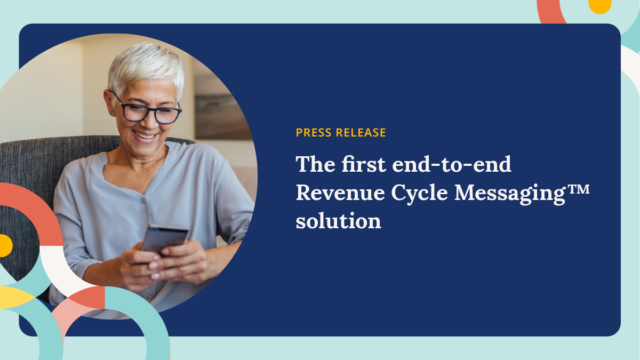No one wants to touch a clipboard for patient intake forms anymore. Those days are over. And think about it: when was the last time you filled out paperwork in another industry? It’s probably been a while. Most other industries have moved on to electronic forms through text and email, kiosks, or both.
Virtually all patients—93%, to be exact—say that they expect healthcare organizations to use digital tools when interacting with them, and this includes during the intake process. Fortunately, using digital intake forms comes with a bevy of benefits for both healthcare organizations and patients, making implementation a lot easier to manage.
1. Reducing unnecessary expenses
Did you know that up to 3% of your annual revenue is spent on paper? That doesn’t even include printing costs or postage if you mail forms ahead of time! These small costs really do add up. Using digital forms rather than paper not only saves trees—it also saves wasted money for the healthcare industry.
2. Improving accuracy
Transcribing all of the patient data written on a paper form into the computer inevitably leads to typos when copying things like social security numbers, phone numbers, addresses, insurance information, and so on. In fact, experts estimate that 16% … oops … 61% (see what we did there?) claim denials are due to simple demographic or technical errors. These manual data entry errors end up costing healthcare providers more time and money.
3. Protecting patient privacy
Successfully managing protected health information (PHI) is a critical piece of healthcare management. Compliance, reputation, patient satisfaction, and overall success are at stake. Unfortunately, a large-scale survey recently found that medical-related identity theft accounts for 43% of all identity theft reported in the United States―this is more than what is experienced in banking, finance, government, military, or the education sectors. Ouch! Much of this fraud can be attributed to sloppy handling of paper medical files or outright theft of personal data. An online check-in process is a more secure way to manage PHI.
4. Saving time
The importance of integrating technology into your check-in process can be an incredible life-saver for their sanity. The check-in process is one of the major bottlenecks within any medical practice. Even one or two mishaps can throw off your schedule for the rest of the day. Automating the intake process helps expand that bottleneck to allow for a better patient flow and free up the front office staff from additional work.
5. Improving the patient experience
It is easy to get so busy running our healthcare organizations that many times, we don’t even notice how unpleasant and time-consuming it is to fill out paper forms for patients. Not only does it take up time in the waiting room (when they may already be feeling a bit anxious), but it also makes the experience that much more difficult for patients. Allowing patients to take care of this task from the comfort of their homes is an incredible benefit for them.
There are a lot of reasons to switch to digital intake, and it is easier than ever for practices and patients. Click a button and send forms via text or email based on patient preferences. Customize and add and remove forms (i.e., COVID pre-screening). It’s that easy, and the added benefits are that it removes that potential delay at check-in and supports both in-person and virtual visits with a single workflow.
Digital intake is just one of the keys to improving the rate of patients who confirm appointments, the data accuracy of the patient information, and show up ready to go and on time.
Increase patient satisfaction and ease patient registration. and learn more about enhancing your practice management with the article: “Best Practices for More Productive, Less Painful Patient Intake.”



